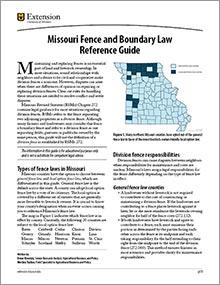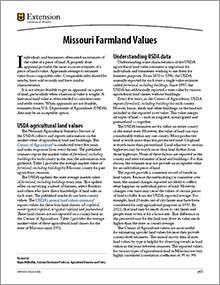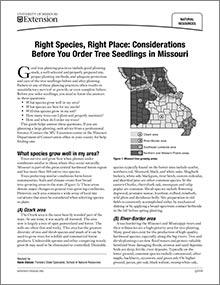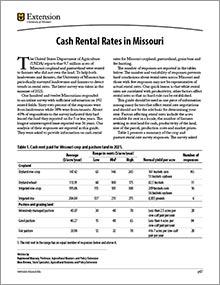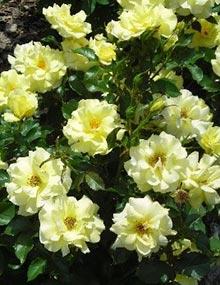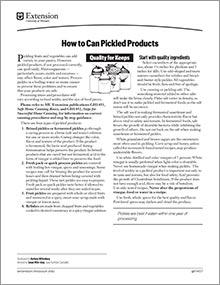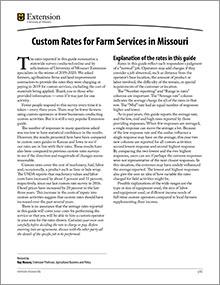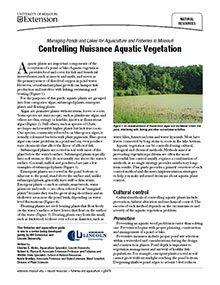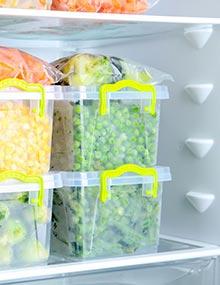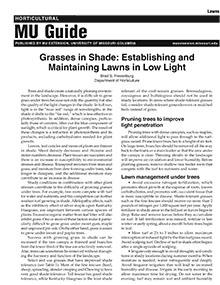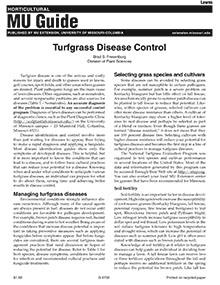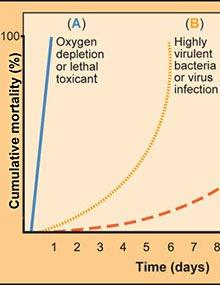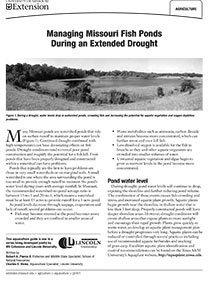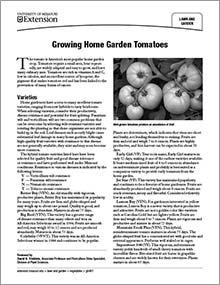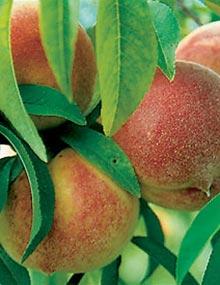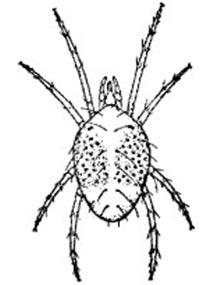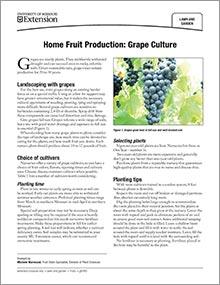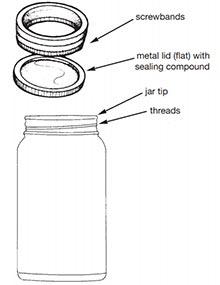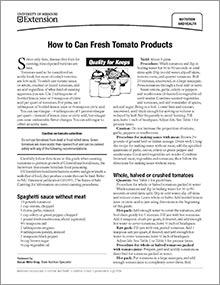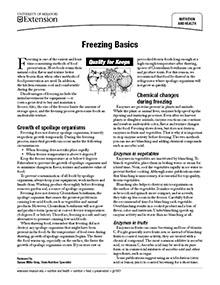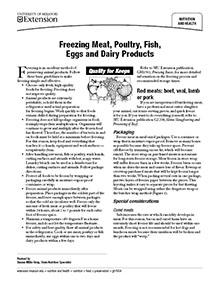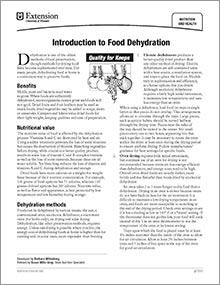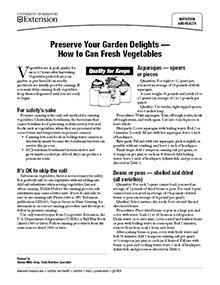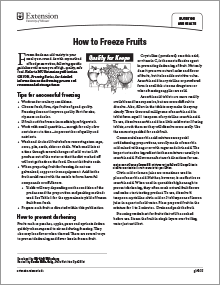The following publications might be of particular interest to people in Randolph County. For a complete list of MU Extension publications, visit the main Publications page.
Missouri Fence and Boundary Law Reference Guide
Revised
Learn about Missouri fencing and boundary laws, including duties, rights, and resolving disputes between landowners regarding fences and boundaries.
Missouri Farmland Values
Revised
Find farmland values for Missouri and its counties from USDA since 1959. Learn methods of estimating historical county values for years not reported.
Right Species, Right Place: Considerations Before You Order Tree Seedlings in Missouri
Reviewed
Discover how to select and plant tree species suited to Missouri's diverse regions, ensuring successful growth and sustainability.
Cash Rental Rates in Missouri
Revised
Updated with 2024 survey data, this guide provides average cash rental rates for Missouri cropland and pastureland, aiding informed lease decisions.
Roses: Selecting and Planting
Revised
Roses are well adapted to many different environmental conditions. They are useful as landscape plants and prized as cut flowers. Since they are the product of centuries of breeding and selection, many shapes, forms, and colors provide endless types to select from and use.
How to Can Pickled Products
Reviewed
Learn safe methods for canning pickled fruits and vegetables, including processing techniques and ingredient guidelines to prevent spoilage.
Custom Rates for Farm Services in Missouri
Revised
Get custom service rates for fieldwork, planting, fertilizer, crop harvesting, hauling and heavy equipment activities from a survey of farmers, agribusinesses and contractors.
Managing Ponds and Lakes for Aquaculture and Fisheries in Missouri: Controlling Nuisance Aquatic Vegetation
Reviewed
Learn to identify and control nuisance aquatic vegetation in Missouri ponds and lakes, ensuring optimal conditions for aquaculture and fisheries.
Quality for Keeps: Freezer Problem Solver
Reviewed
Provides guidance on managing freezer issues, including power outages, refreezing safety, and common freezing questions.
Grasses in Shade: Establishing and Maintaining Lawns in Low Light
Reviewed
Learn how to establish and maintain healthy lawns in shaded areas, including grass selection, tree pruning, and proper lawn care techniques.
Identification and Management of Turfgrass Diseases
Reviewed
This publication is designed to be a useful reference for diagnosticians, turfgrass managers, industry representatives and others who want to learn how to diagnose and manage common turfgrass diseases caused by plant pathogenic fungi.
Turfgrass Disease Control
Revised
Collection and Submission of Samples for Fish-Kill Investigation and Toxic-Substance Analysis
Reviewed
Fish kills occur in natural and cultured populations. They can be due to disease, poor water quality or a toxic substance. Fish kills represent emergencies, and producers must be prepared for them in advance. Learn more in this guide.
Managing Missouri Fish Ponds During an Extended Drought
Reviewed
Managing fish ponds during drought requires addressing reduced water levels, fish stress, and oxygen depletion.
Growing Home Garden Tomatoes
Revised
Tomatoes are a popular home garden crop. They require little area, bear repeatedly, are easy to grow and have many culinary uses. Learn about various varieties and get tips for growing tomatoes in this guide.
Home Fruit Production: Peach and Nectarine Culture
Revised
This guide offers practical advice on selecting, planting, and maintaining peach and nectarine trees for optimal fruit production.
Least-Toxic Control Methods to Manage Indoor Plant Pests
Reviewed
Learn safe and effective ways to manage indoor plant pests using natural, mechanical, and low-toxicity treatments that protect both plants and the environment
Home Fruit Production: Grape Culture
Reviewed
This publication provides comprehensive guidance on grape cultivation, including cultivar selection, planting, and care practices.
Steps for Successful Home Canning
Revised
Learn safe, research-based home canning methods for preserving seasonal produce, including proper equipment, processing times, and techniques.
How to Can Fresh Tomato Products
Revised
Learn safe home canning of tomatoes, including acidification, packing methods, and processing times, to prevent botulism and preserve quality.
Freezing Basics
Reviewed
Learn how to freeze food safely, preserve flavor and texture, and avoid common mistakes for better long-term storage.
How to Freeze Meat, Poultry, Fish, Eggs and Dairy Products
Revised
Freezing is an excellent method of preserving animal products. Follow these basic guidelines for simple, effective and safe freezing of meat, poultry, fish, eggs and dairy products.
Introduction to Food Dehydration
Dehydration is one of the oldest methods of food preservation, though methods for drying food have become sophisticated over time. Learn the benefits and methods of dehydrating foods and how to select an electric dehydrator.
How to Can Fresh Vegetables
Revised
Learn to safely can fresh vegetables in this research-based guide. Recommended pressure canner process times are provided.
How to Freeze Fruits
Reviewed
Learn how to freeze fruits effectively, including tips on preparation, preventing darkening, and approximate yields for various fruits.
